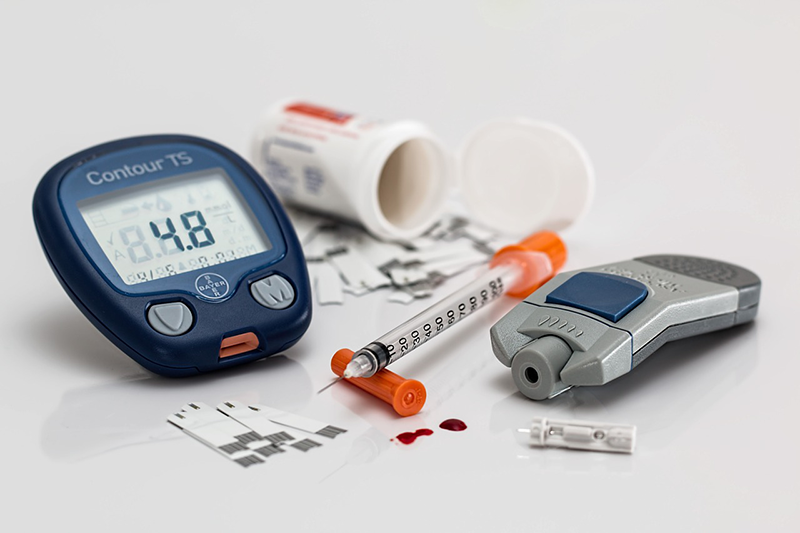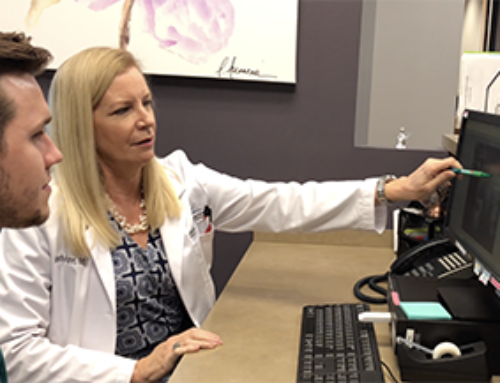 For many diabetes patients, accurately monitoring and managing their hourly highs and lows can be challenging, frustrating, and downright disheartening. Life is busy, and you sometimes forget to check until it’s too late. Sometimes, we all need a little help.
For many diabetes patients, accurately monitoring and managing their hourly highs and lows can be challenging, frustrating, and downright disheartening. Life is busy, and you sometimes forget to check until it’s too late. Sometimes, we all need a little help.
What if there was a way to simplify the process? And what if you could receive a notification when your blood glucose levels are heading north or south?
Now there is a possible solution.
The technology of smart continuous glucose monitoring (CGM) was explicitly designed for people on multiple daily insulin injections. The CGM tools allow patients to be proactive instead of reactive and focus on their lives—not on watching their glucose levels.
How Does Smart CGM Work?
Before smart CGMs, predicting your numbers to see where you were at was extremely tough. Now patients can use a new app on their phone to know where they’re heading. A CGM transmitter sends sensor glucose readings to the app on one’s phone every five minutes to give real-time measurements of glucose levels.
 The smart CGM app allows patients to set up alerts of up to 60 minutes in advance to let them know before they might go low and enable them to take action before a low or high is likely to happen. The smart CGM system can also send sensor data and alerts to family members, caregivers, and physicians.
The smart CGM app allows patients to set up alerts of up to 60 minutes in advance to let them know before they might go low and enable them to take action before a low or high is likely to happen. The smart CGM system can also send sensor data and alerts to family members, caregivers, and physicians.
You will need a prescription for smart CGMs, so talking to your doctor is the first step in the discovery process. The systems were designed for continuous or periodic monitoring of glucose levels in the interstitial fluid under the skin, in patients between 14 to 75 years of age with diabetes mellitus.
CGMs are intended to complement, not replace, information obtained from standard blood glucose monitoring devices, and are not recommended for people who are unwilling or unable to perform a minimum of two meter blood glucose tests per day. Moreover, CGMs are not suitable for people who cannot or will not maintain contact with their healthcare professional.
The systems require functioning mobile electronic devices with correct settings. If your mobile device isn’t set up or used correctly, you may not receive sensor glucose information or alerts.
Backed by Medicare
 There is more good news on the CGM front. The Centers for Medicare and Medicaid Services’ (CMS) announced that Medicare will now support the use of smartphone apps in conjunction with CGMs. CMS has recognized that the information provided by smart CGMs is critical to prevent costly and sometimes deadly diabetes complications.
There is more good news on the CGM front. The Centers for Medicare and Medicaid Services’ (CMS) announced that Medicare will now support the use of smartphone apps in conjunction with CGMs. CMS has recognized that the information provided by smart CGMs is critical to prevent costly and sometimes deadly diabetes complications.
Knowing your glucose levels, or your child’s, at a glance, is a game changer. Active monitoring throughout the day and night can bring more peace of mind and help you stay in charge of your diabetes management. With smart CGMs diabetes patients will get the confidence they need to live the life they want and have many more good mornings, better days, and better nights than before.
If you have any questions or to learn more about smart CGMs, please feel free to contact us.





Leave A Comment